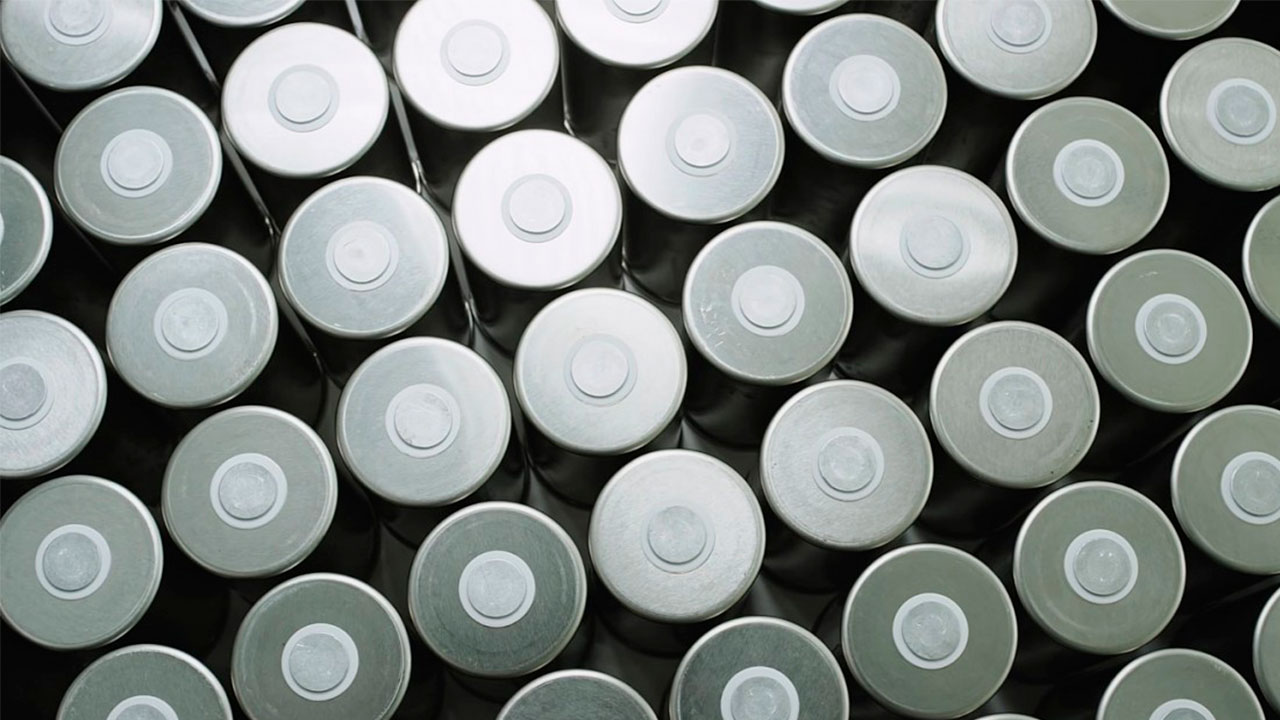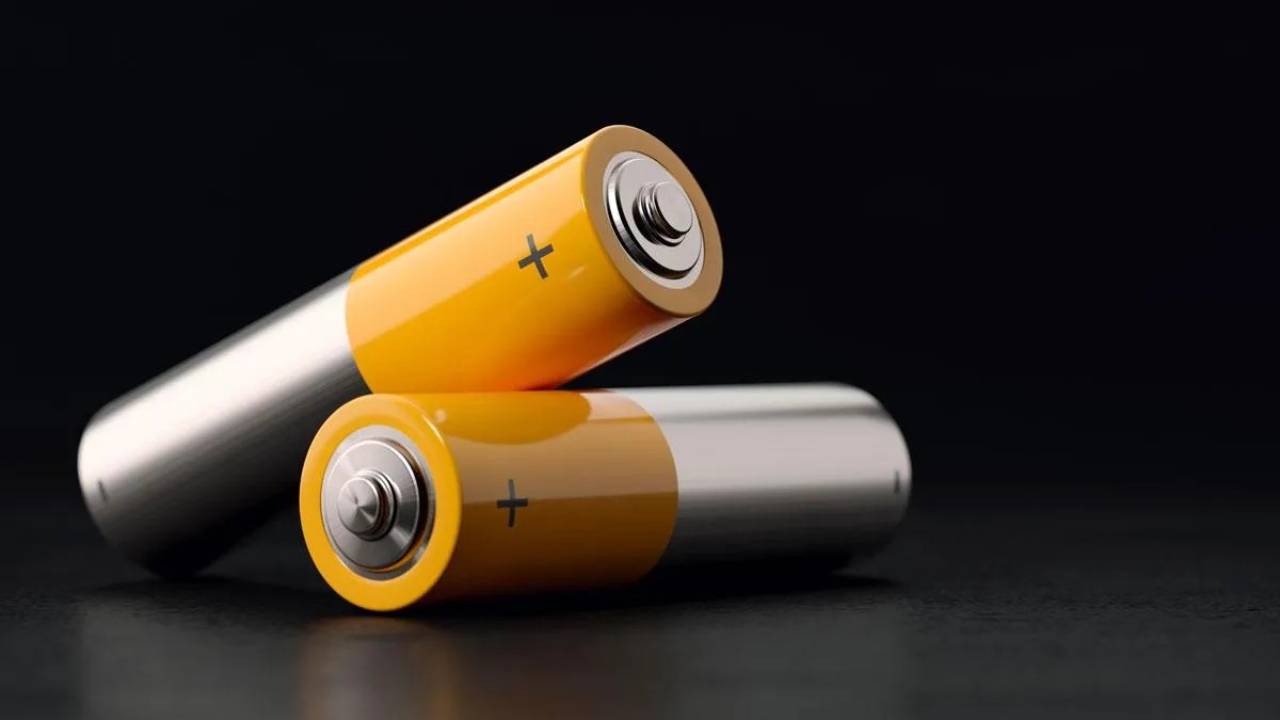Although it produces energy during the day, it is very important to store this energy and transfer it to other days. That’s why energy storage is one of the most vital issues to create a sustainable world. While scientists continue their studies on energy storage, Texas A&M University has made a very important breakthrough.
How do water-based batteries work?
Scientists from Texas A&M University announced that they can produce highly efficient batteries with metal-free, water-based electrodes. According to research, these batteries can be 10 times more advantageous in energy storage.

In the article published this week, water-based batteries consist of an anode (positively charged electrode) and a cathode (negatively charged electrode), just like conventional batteries. While the anode and cathodes, which can store energy, are made of polymer, the electrolyte is basically salt water. Energy is released when ions move through the electrolyte between the cathode anode parts.
If an electrode swells too much during the cycle then it cannot conduct electrons very well and may lose all performance. Depending on the choice of electrolyte due to swelling effects, differences in energy storage capacity up to 10 times can occur, while water-based batteries are promising due to the high discharge voltage and fast redox kinetics of polymers.

Researchers suggest that water-based batteries can reduce potential metal deficiencies such as cobalt and lithium, as well as eliminate the possibility of battery fires. Considering that there will be material shortages in the future, the price of lithium-ion batteries will rise considerably. Therefore, an alternative battery technology is very important.
Scientists also underline that we are at the beginning of the road in energy storage in a water-based environment and there are many details that need to be investigated. So what do you think about this subject? You can share your views with us in the comments section.